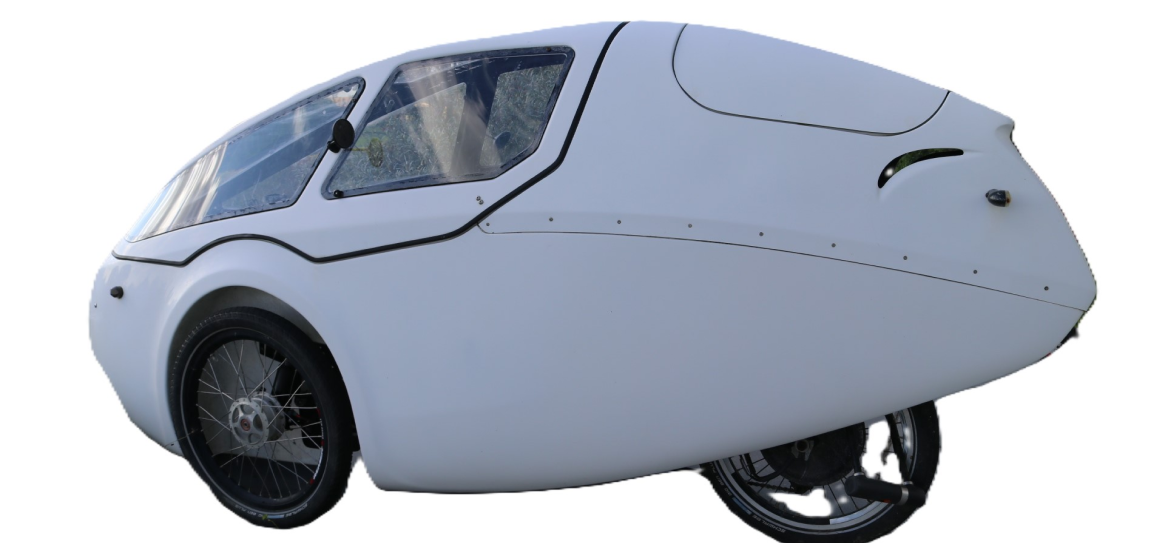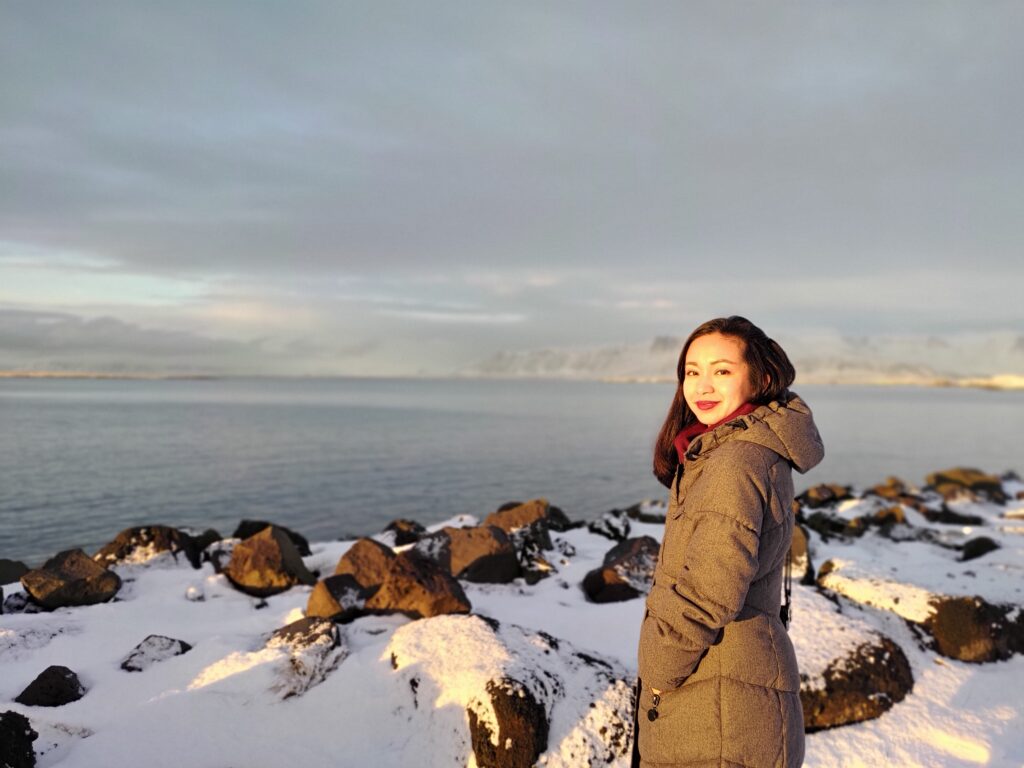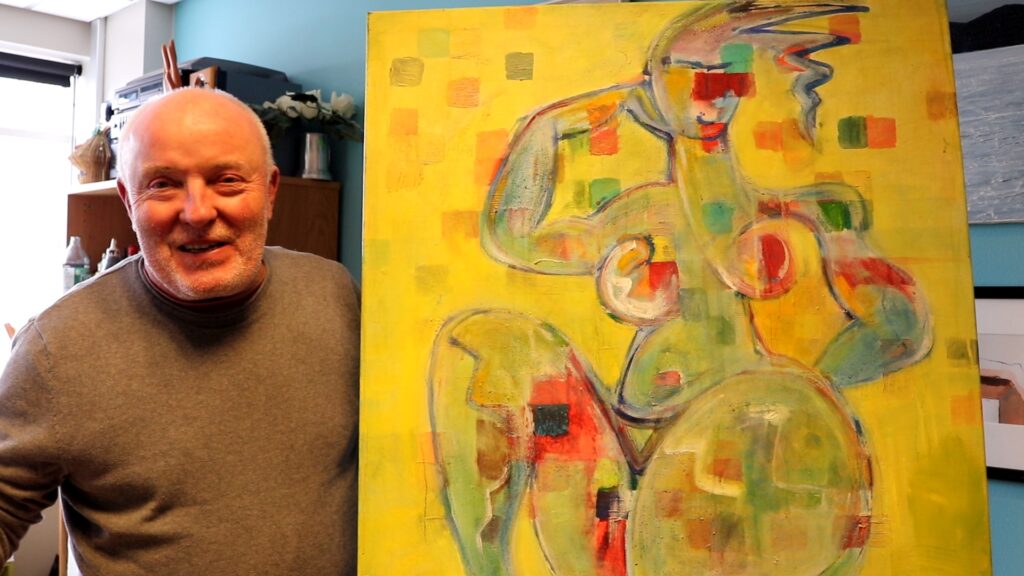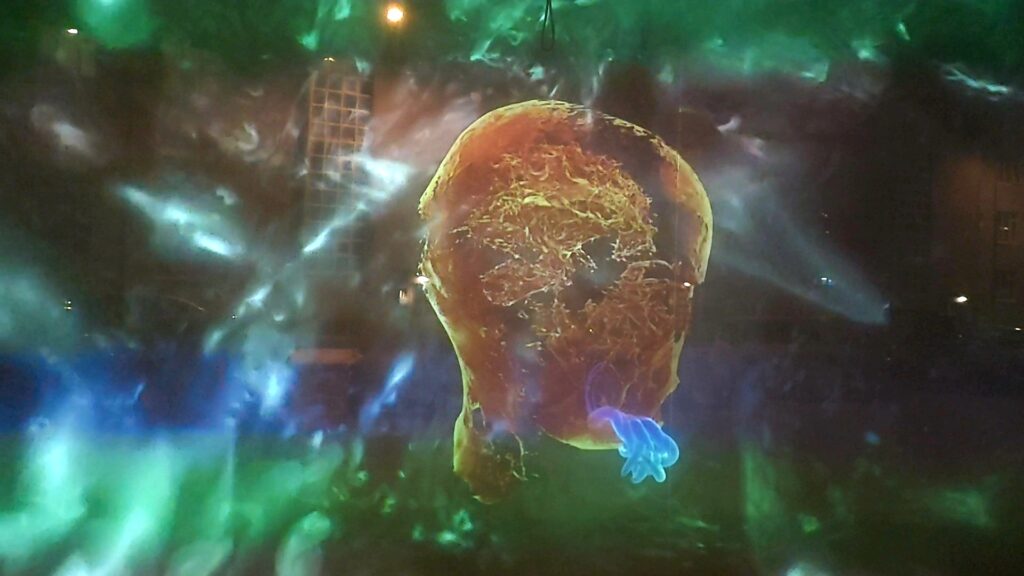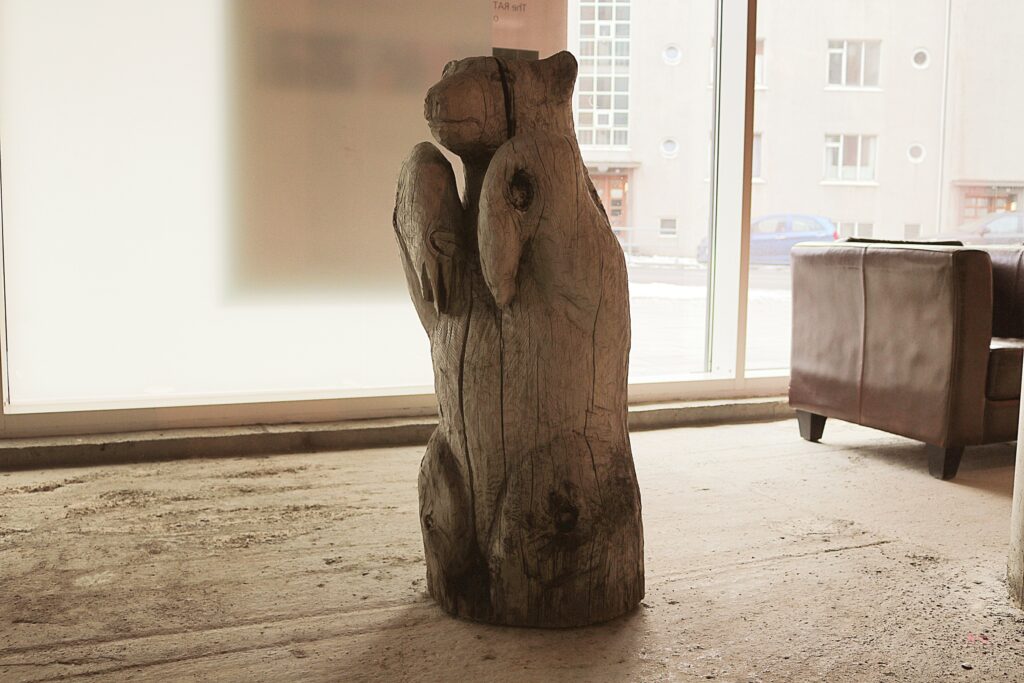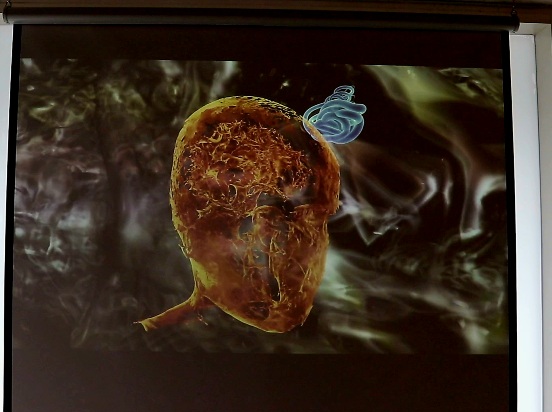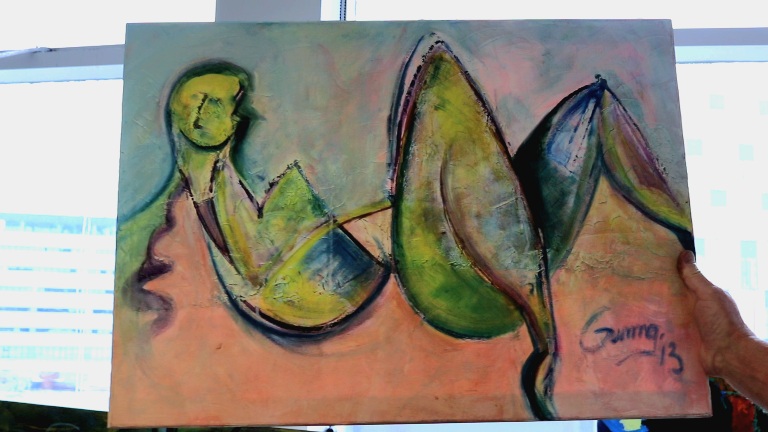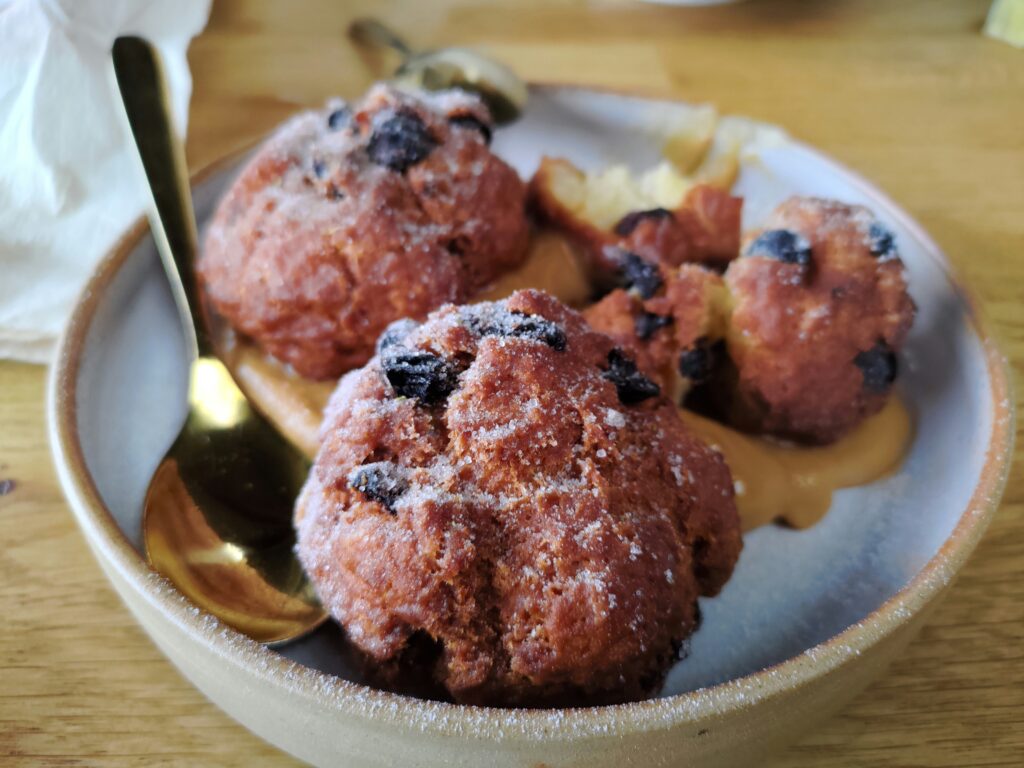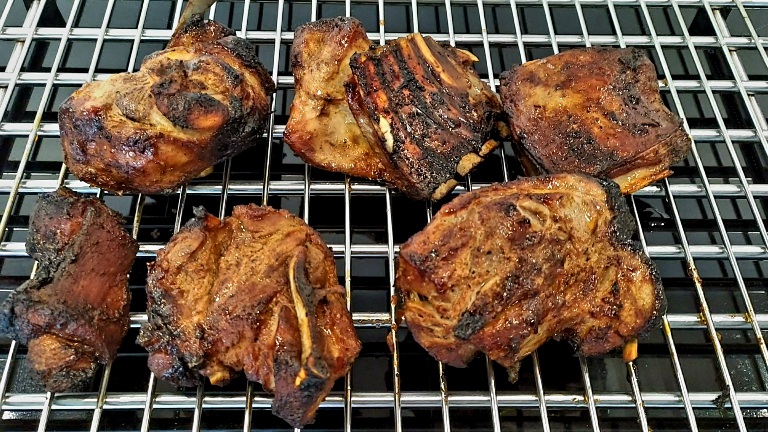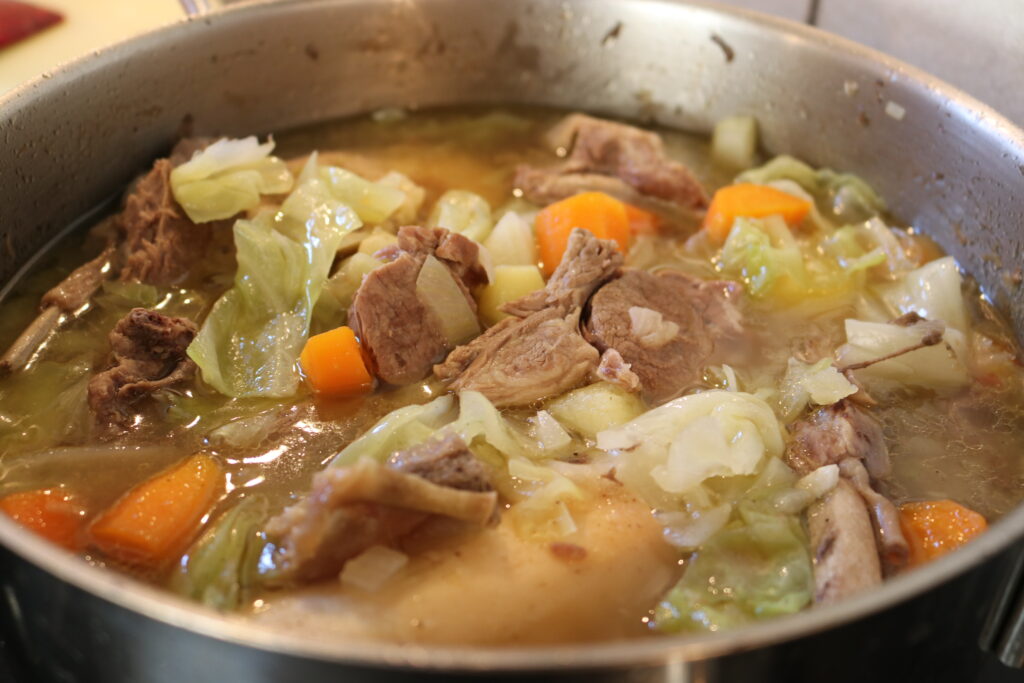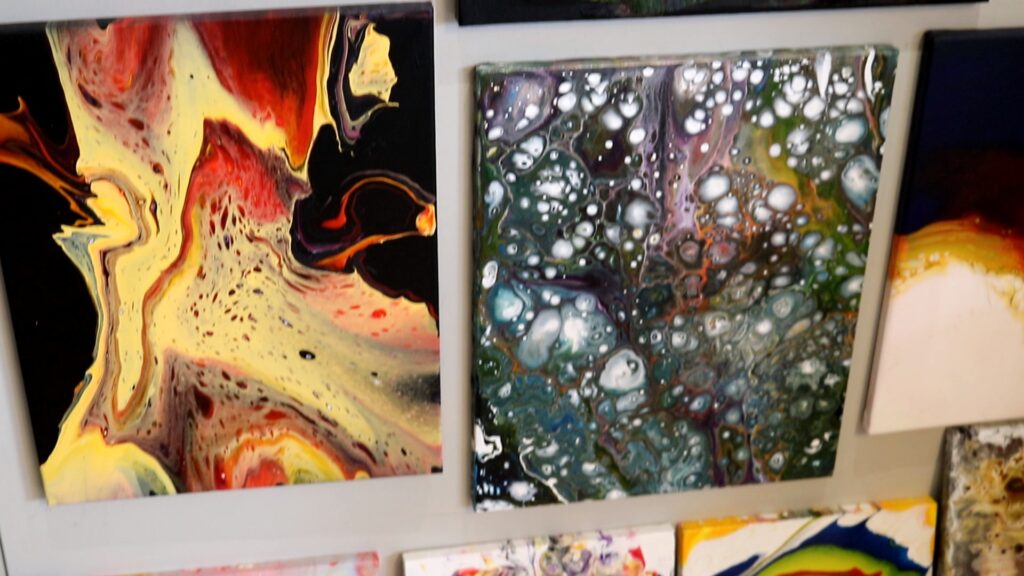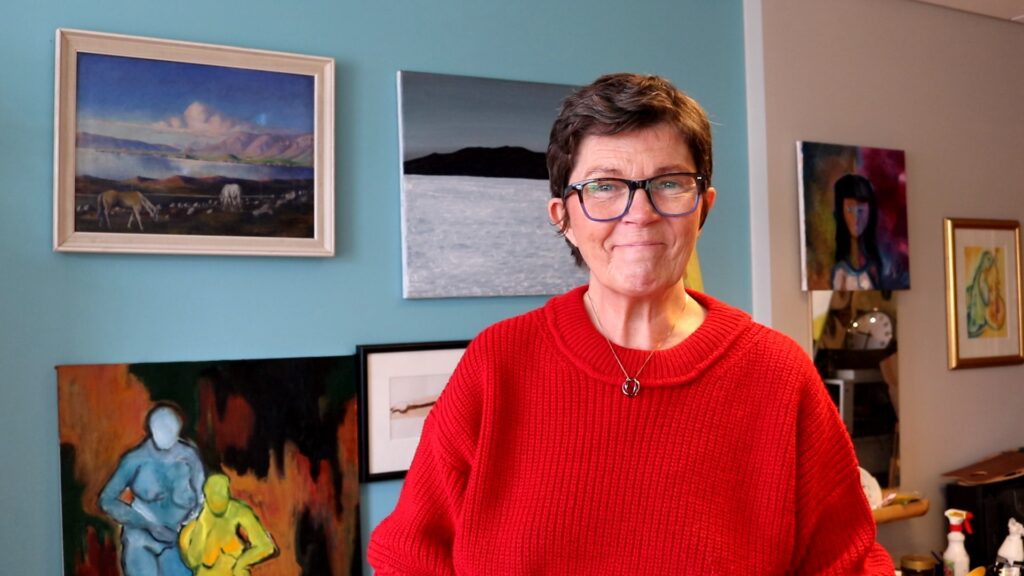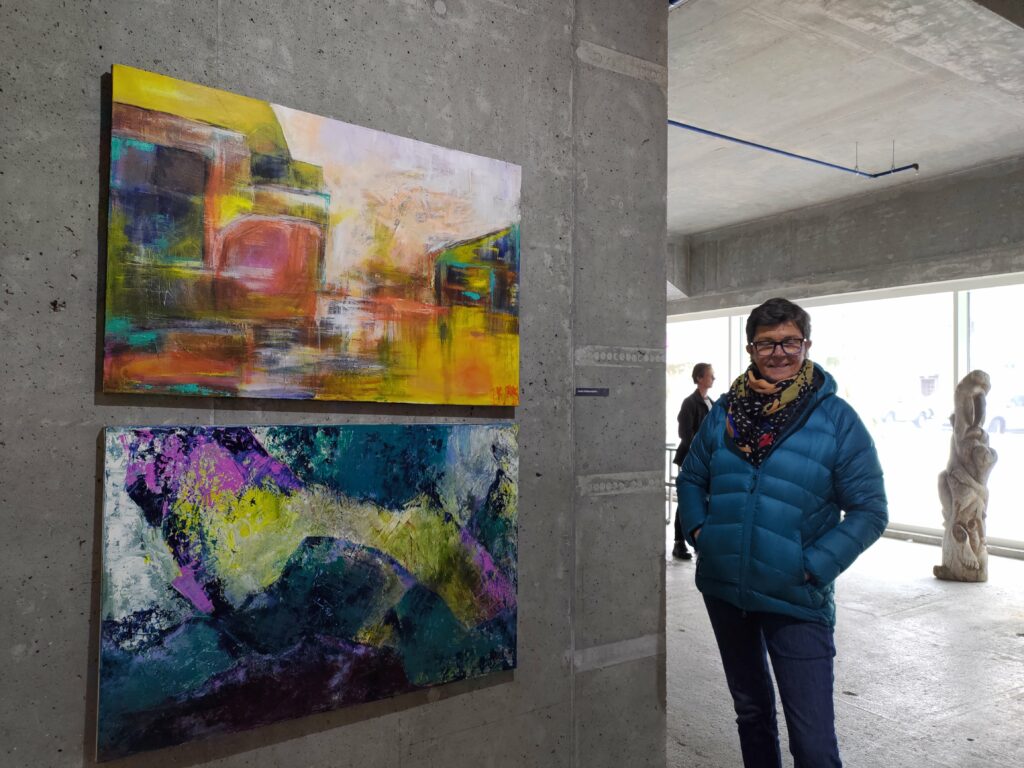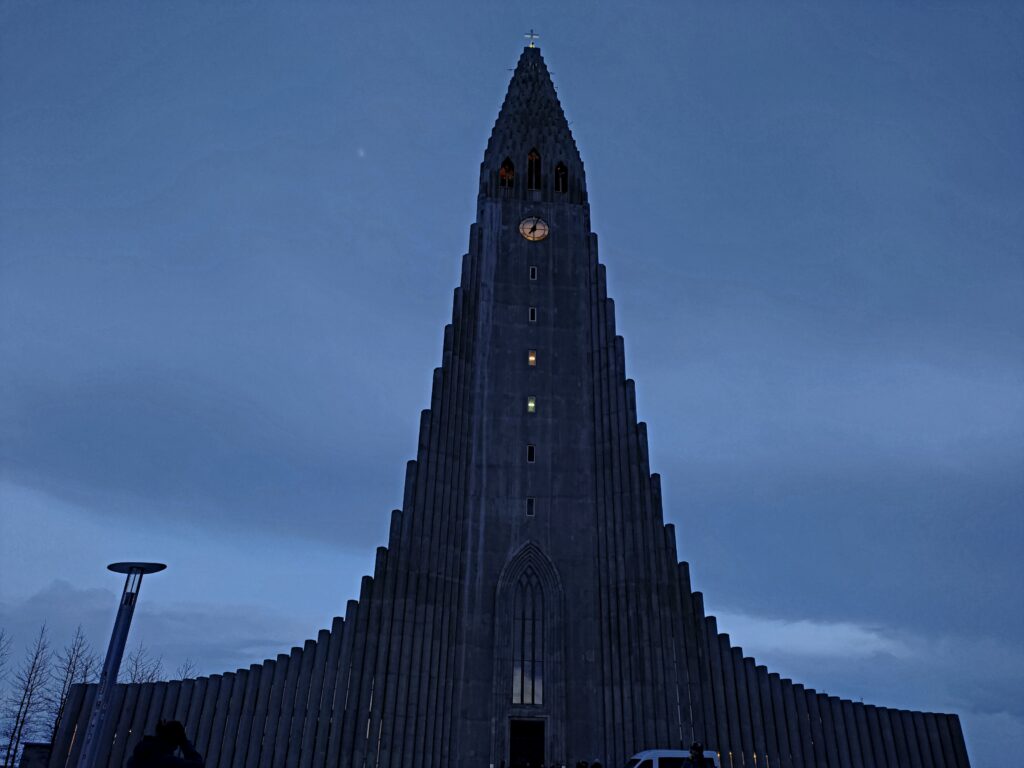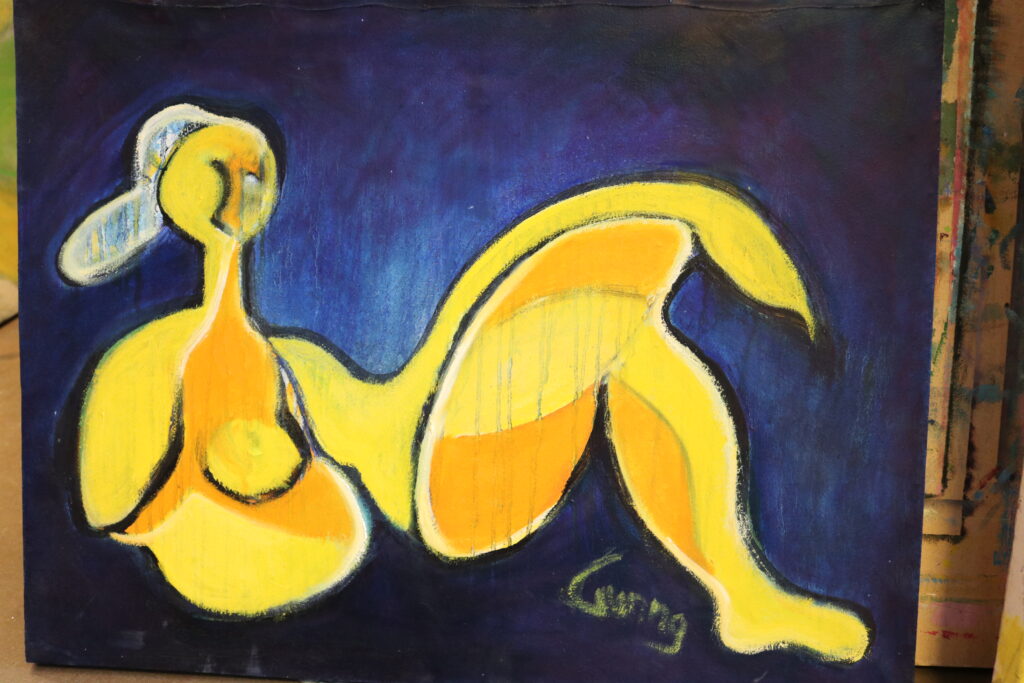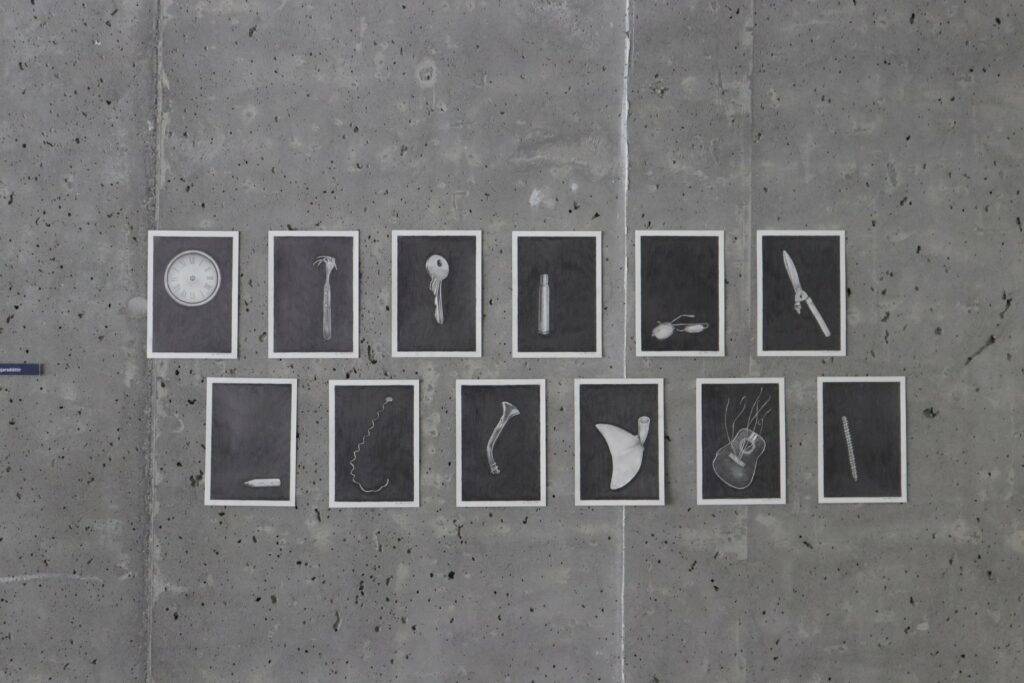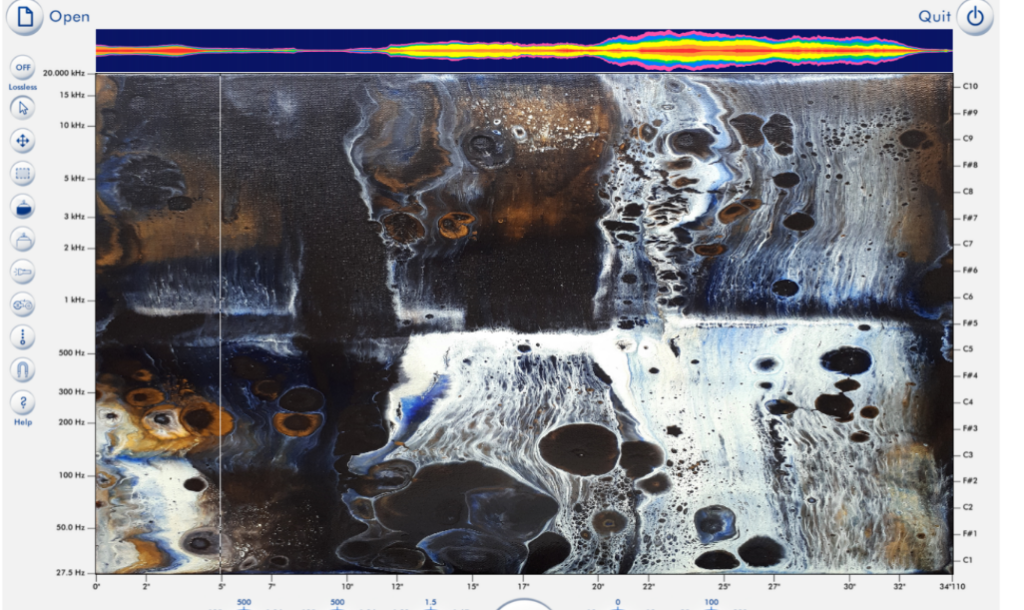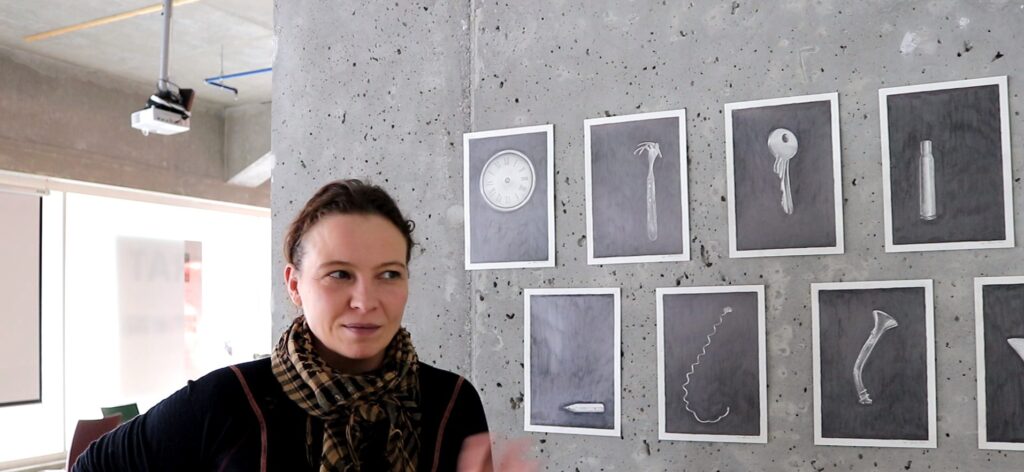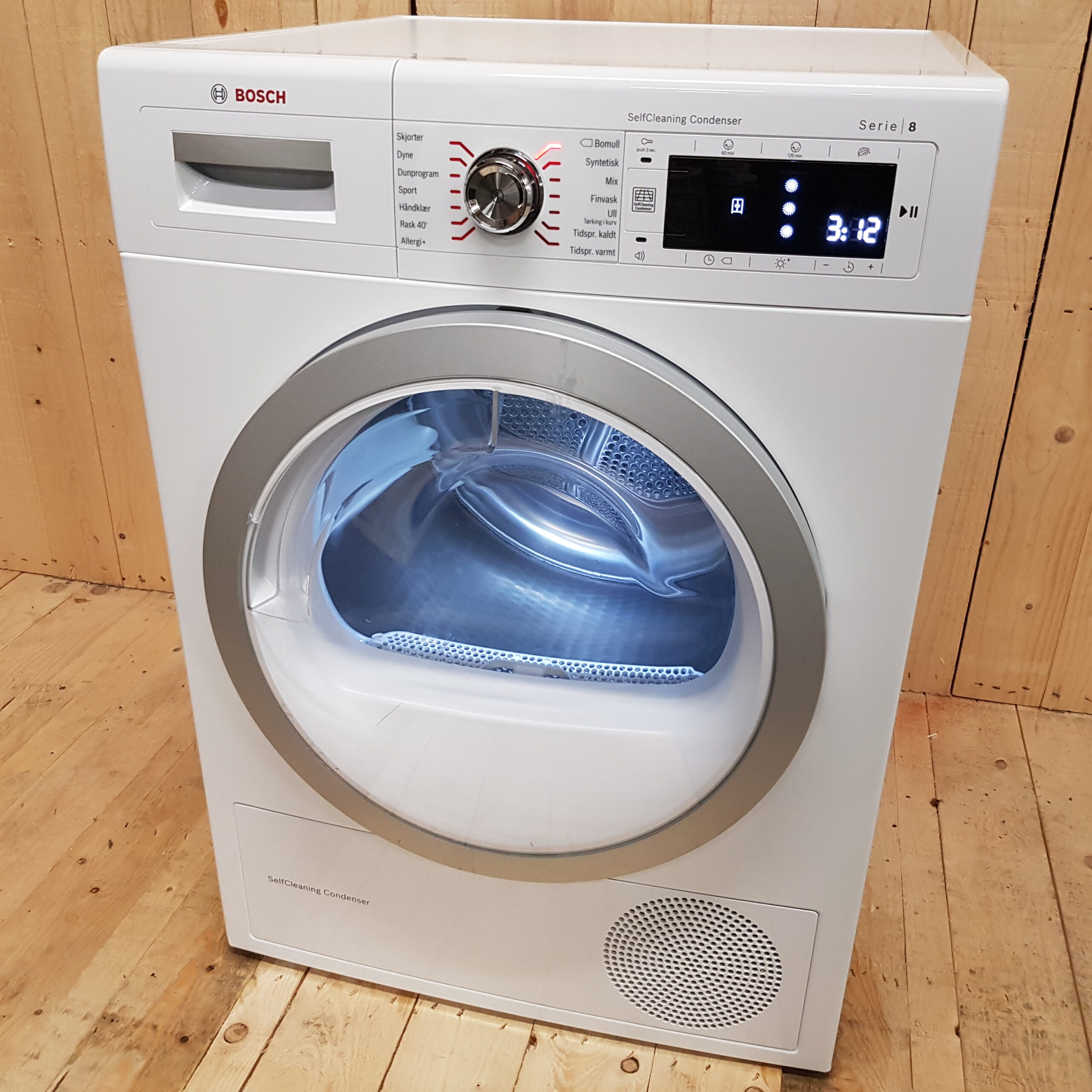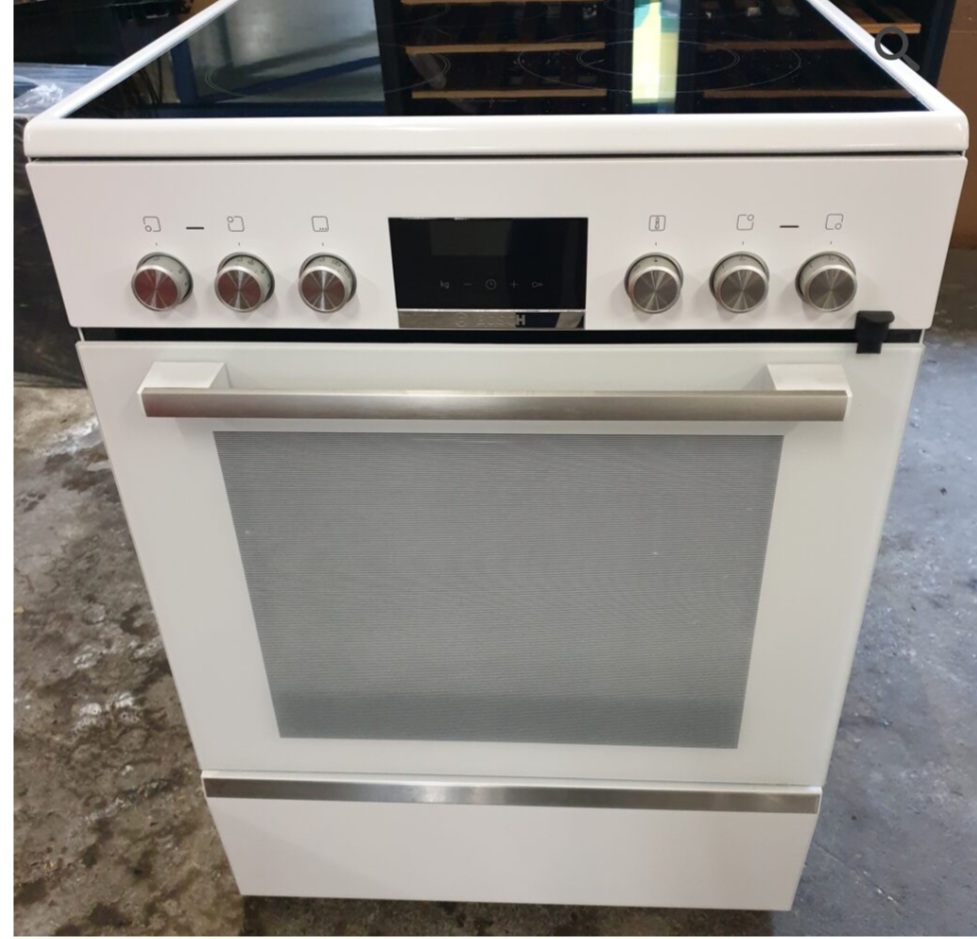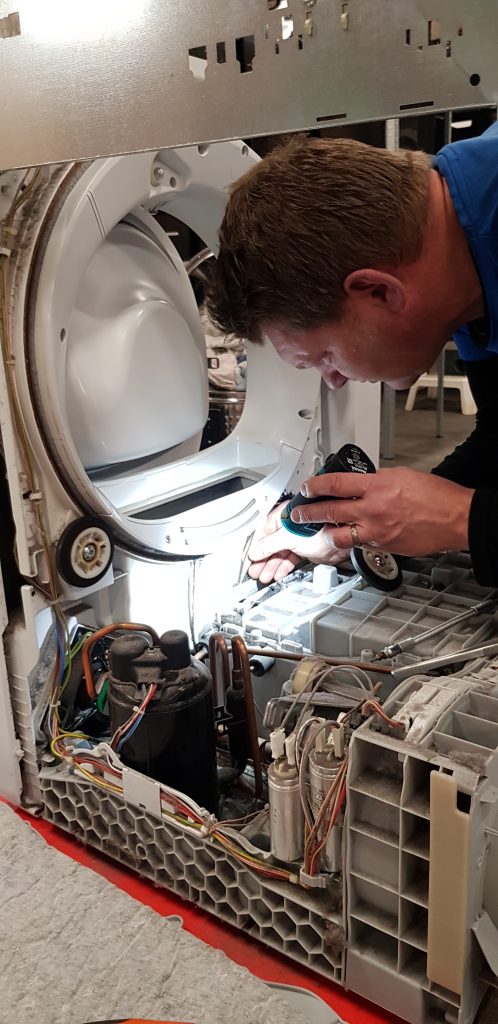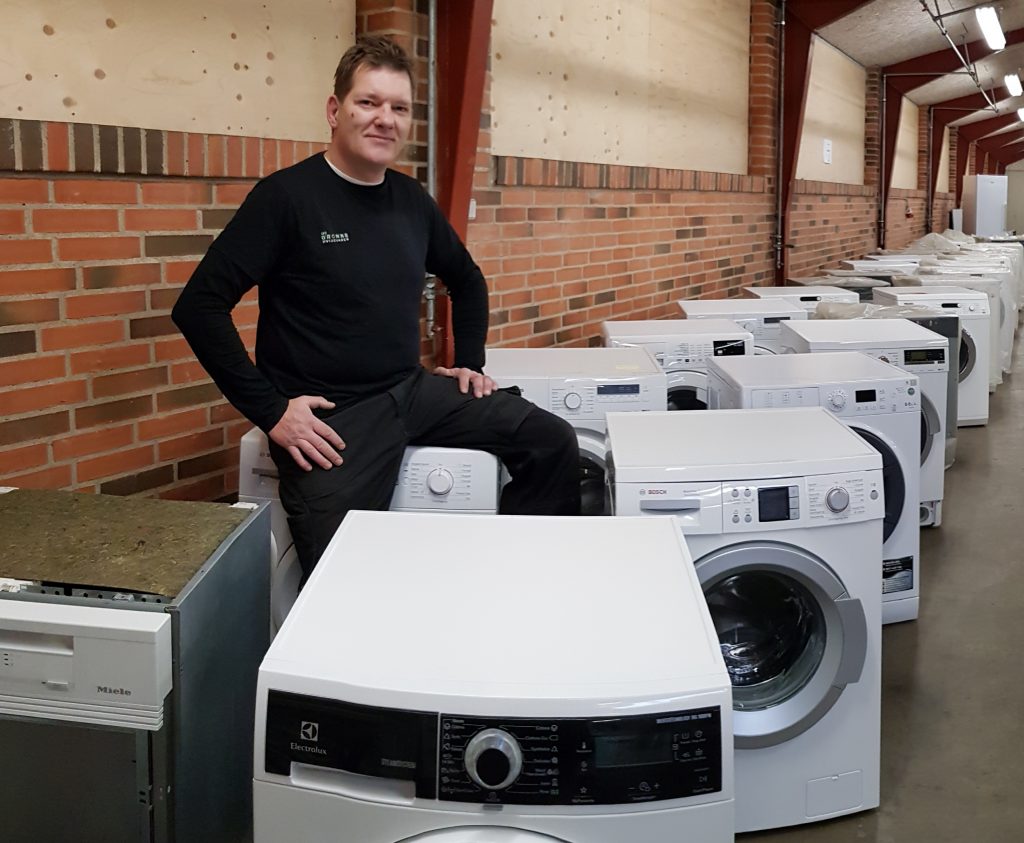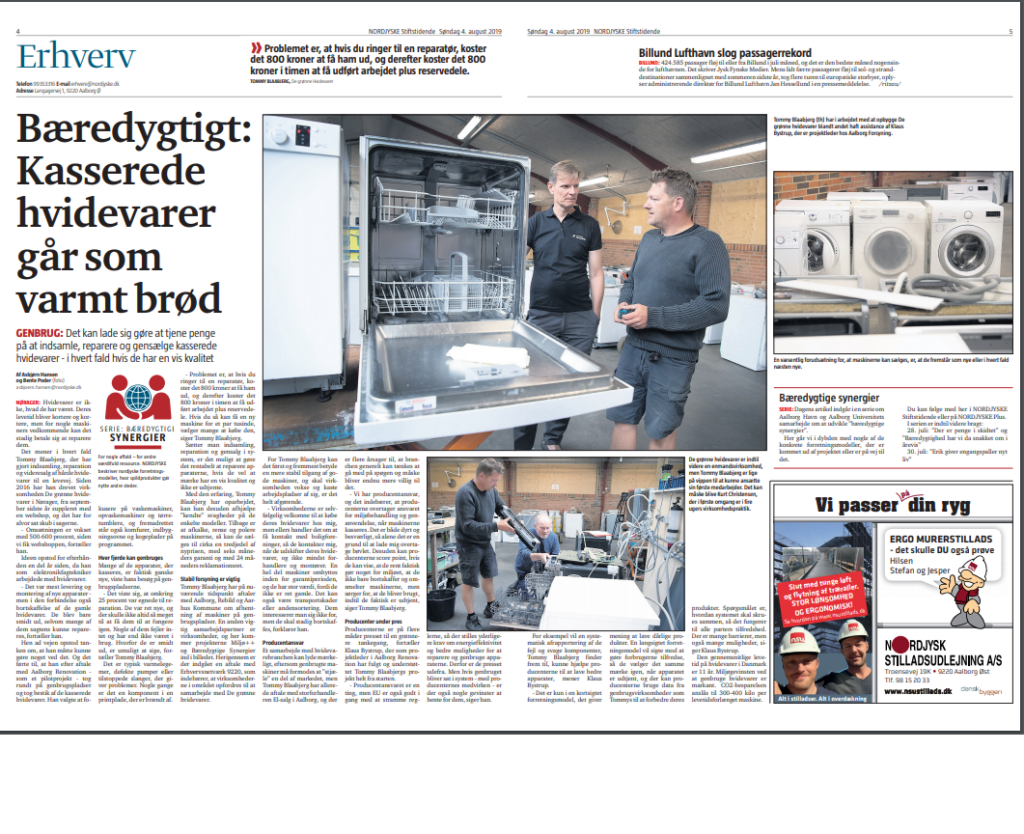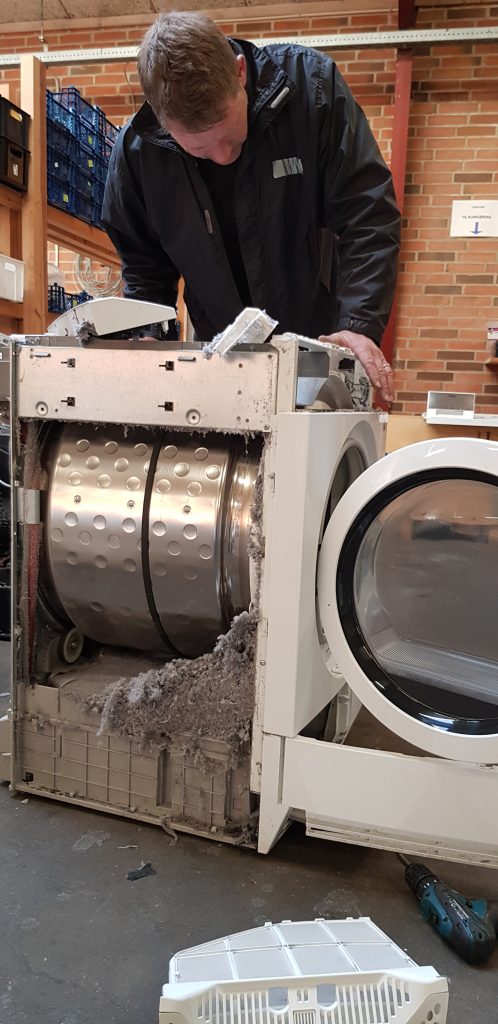Published on February 2017
If there is one place that you will add on your countries to visit, would you consider traveling to which many refer to the unspoiled land?

The pictures presented are personal photos of Jacob. Learn about living in the biggest island in the world. When I was young, I used to wonder about the eskimos in the North Pole and since I grew up in a warm tropical country – Philippines, I was undeniably amazed to hear about Jacob’s journey in Greenland for the whole year in 2005.

In my interview with my nordic man, I saw a glimpse of Greenland and the Greenlanders. His immersion to the depressing winter months under the northern lights in winter and his great tropical feel like under the midnight sun in summer (6 months of winter and 6 months of summer).
Be surprised how unspoiled the island is; its preserved nature. Greenlanders were perceived as good hunters.Sheree: In a year of stay in Greenland, what are the things that you have discovered or considered unique when it comes to their culture? (cite at least 3, could be a mix of positive and negative discoveries). Jacob: They are known to be very good hunters and are very practical in the way of using everything from the killed animal; consuming all the meat including the internal organs and making totems using the animal bones. Totem(s) is a human-made bone or stone landmark.
(see the link on the bottom of the story) Greenland.comhttps://www.flickr.com/photos/ilovegreenland read more detailed definition of Totems (Inuksuk) in the link below.
or check out the link:
http://www.greenland.com/en/about-greenland/culture-spirit/crafts/ One negative side that I have seen is the alcohol consumption problem. As a result, some of the greenlanders get lost (in their way of living) and some even die of overdosage from alcohol and they have a tendency to find it difficult to control. It is the same with some individuals around the world. It is not a consequence of their personal problems, they are actually satisfied with their life in general. Simple and quiet. I find greenlanders very happy and loving but also tend to be aggressive sometimes. I think it is equal to the level of aggression, danger and unforgiving nature that surrounds them. Sheree: Did you find it easy connecting with the locals in Greenland? How simple their lifestyle is? You made an impression that it is the “unspoiled land” and the land where the good hunters are. Jacob: In most cases, you will see them in the bars/pub and so it makes it easier to connect to them; greenlanders love to socialize to new comers or foreigners. On the other hand, talking about their daily life, it is quite the opposite — they tend to be reserved in that manner. As a navyman at that time, I did not had much time to converse with them intimately. Sheree: They must have really good beer in there. :p Alcohol and beer cooling by the glacier water. Jacob and his colleagues sat beside the ocean. “Det var hyggeligt”. Moving over to the next question.What is the most remarkable experience you had in Greenland in 2005?
Jacob: Hold da op! A lot! From glaciers calving resulting to icebergs. Sweety, have you ever seen a muskox before? Sheree: I do not have much idea about that. Could be an animal? Jacob: A wild one. Seeing a muskox up close when I was driving our guard-car (a four-wheeled landrover), the muskox used it as as a scratching post.

More on my remarkable experiences. I could never forget The wildest thing that I have experience was seeing the massive land and ice without any humans or animals around the area and no background noise at all. Sheree: It must be a very peaceful land. Jacob: Nemlig. Det var forunderlig. I have never experience something so beautiful and pure than that in Greenland. I could remember the taste of the purest water one could ever imagine. Sheree: I believe that there is a chance that you will visit Greenland again in the near future. Please take me there and I promise to wear wool stockings. hi hi! 😉 😀 Sheree: Let us talk about more about the places you’ve been in Greenland. Jacob: Let us see… Going to many historical spots from a viking grave to an old abandoned mining town. Added to the remarkable experience was the weather itself. Incredible snowfall on more than any other country that I have been. Once the snow fall reached over a meter snow in an hour, it was like going through a white densed cloud. Jeg var heldig! I knew how to get back to my barraks on a sense of direction since I could only see more than one arm length in front of me. read a detailed information about ice calving here: https://en.wikipedia.org/wiki/Ice_calving or read about ice sheets in the official tourist of Greenland here:http://www.greenland.com/en/about-greenland/nature-climate/glaciers/ Sheree: Tell us about the Greenlanders point of view about technology and global warming.First, were there some situation where you get to be involved about their technology? Jacob: Since I was an electronics mechanic at that time, I had a lot to do with their communications technology; from maintaining the operational function of the main antennas up to fixing their computers in Ivitut (Grønnedal). They actually have the same level of technology as we have in the big cities. Sheree: Skat, I want to learn more about global warming, so this question is very important to me. How does the greenlanders feel the impact of global warming? Jacob: They are very aware of the global warming since for them it means more snow and rain (ice rain). Greenlanders have also noticed that a lot of the sea ice has disappeard quickly. Normal ways of traveling over it has changed drastically. Before, it was possible to cross over the inlets by solid ice on foot or a vehicle (where the sea goes to the land) and now they have no other choice but use boats instead. When it comes to technology people in the cities seems to have the same level as we do in denmark but outside of that I am not very aware of it. They are very dependent of the parabolic antennas for directed communication.
ParabolicAntennahttps://en.wikipedia.org/wiki/Parabolic_antennaInletshttps://en.wikipedia.org/wiki/Inlet Sheree: Aside from the notion that some people from Asia thought that it is extremely cold in Greenland, since it is considered up in the north pole, would you like to enlighten us about the Northern lights in the winter and Midnight sun in the summer? Jacob: Det er rigtigt skat. The temprature in Greenland is very low and especially when its very windy the cold is harsh and penetrates like bone-deep. But at the same time when there is no wind and the sun is shining, it feels like a bright summer day even if the temperature is down to -20 degrees celcius. I did see the Northern lights there, it looked liked waves in the sky like light rolling over the night sky. In the summer time the sun is up in the sky 24/7 and it is very hard to tell the difference between nighttime and daytime. One will also find it very difficult to sleep since your mind thinks its daytime still that is why i slept mostly with the thick curtains drawn and a sleeping mask over my eyes. Northern lights. Photo credits of Mads Phil, Visit Greenland flickr, greenland.comhttps://www.flickr.com/photos/ilovegreenlandread more about Aurora Borealis also known as the northern lightshttp://www.greenland.com/en/about-greenland/nature-climate/northern-lights-aurora-borealis/ Sheree: Tusinde tak min skat. 😉 Det er dejligt at vide om din fantastiske oplevelser i Grønland. Vi skal have en tur derover snart og lære at jagte. 🙂
Here is a link to Greenland’s main (tourist) website.
http://www.greenland.com/en/about-greenland/nature-climate/fauna-of-greenland/


